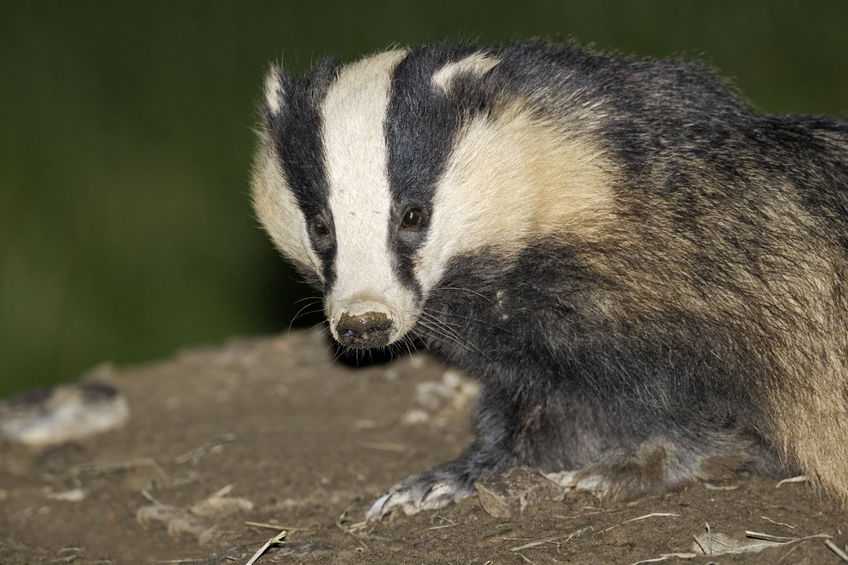
The government have confirmed that badger culling will continue across England for a sixth consecutive year, with ten new areas approved.
Licences have been published for badger control in 10 new areas within the High Risk Area, covering parts of Devon, Cornwall, Somerset, Staffordshire and Gloucestershire.
One additional licence for badger control in Cumbria to eradicate a pocket of infection in both cattle and badgers in the TB Low Risk Area has also been announced.
Along with six-monthly cattle testing, movement restrictions and good biosecurity on farms, this offers the "best opportunity" to deal quickly with this localised threat, according to Defra.
Reductions in new outbreaks of bovine TB have been recorded in Gloucestershire and Somerset following the completion of their licensed four-year badger culls, Farming Minister George Eustice has announced.
The data published today (13 September) shows there has been a decline in TB incidence in the first two cull areas with the rate of new confirmed breakdowns now at about half the level they were before culling began.
In the Gloucestershire cull area, TB incidence has fallen from 10.4% before culling started to 5.6% in year four of the cull, while in Somerset it has reduced from 24% to 12%.
Vaccination Scheme
In a further move to strengthen the Defra's 25-year bTB eradication strategy, Mr Eustice has also announced the opening of a new round of applications for Badger Edge Vaccination Scheme grants.
In a further move to strengthen the government’s 25-year bTB eradication strategy, the Minister of State has also announced the opening of a new round of applications for Badger Edge Vaccination Scheme grants.
England has the highest incidence of bovine TB in Europe and the disease costs taxpayers over £100million every year.
In 2017 more than 33,000 cattle had to be slaughtered in England to control the disease, causing devastation and distress for farmers and rural communities.
